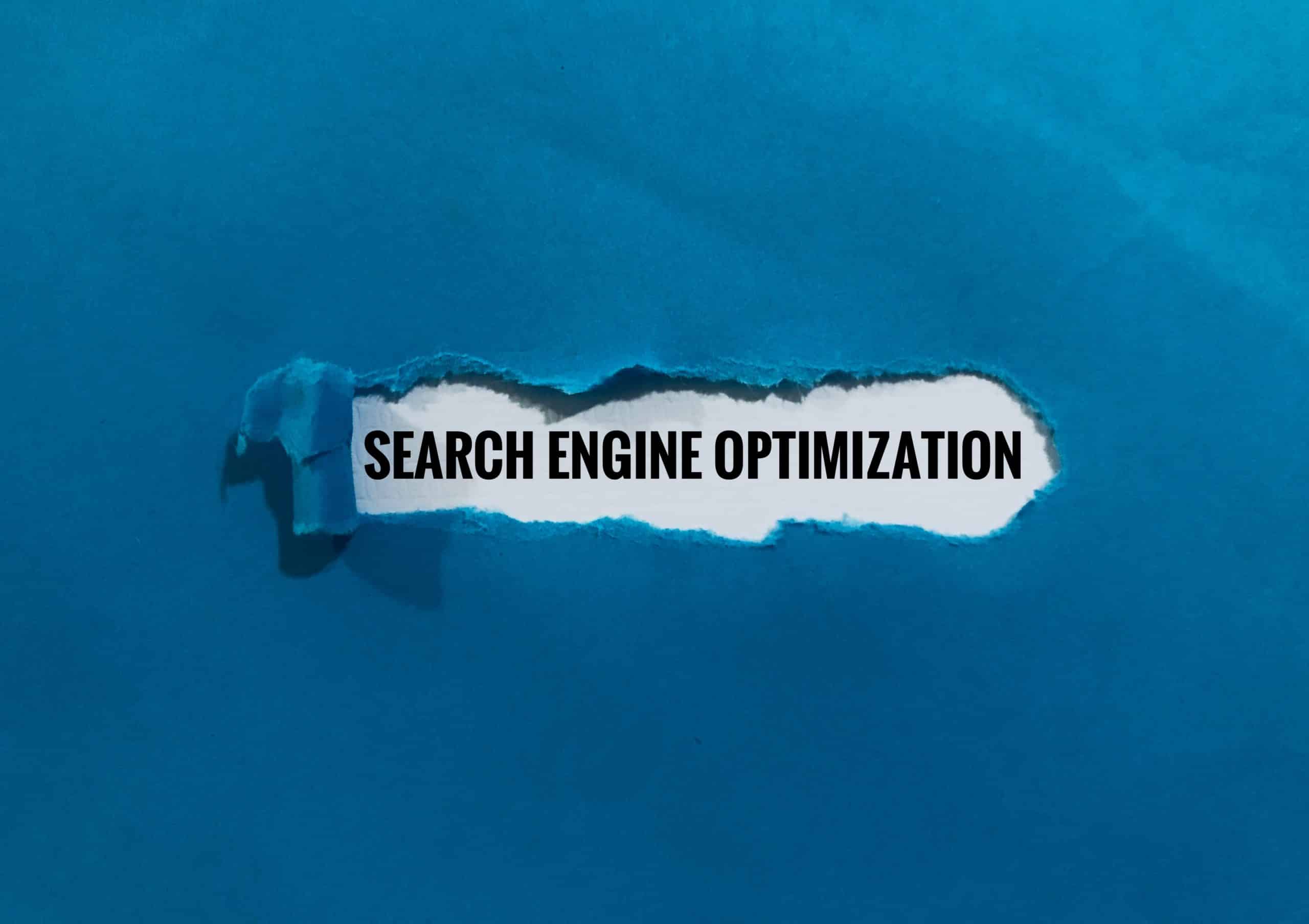The concept of digital twins is not a new one. In simple terms, a digital twin is a virtual model of a physical system, process, or product that can be used to analyze and optimize performance. In the context of building management, digital twins can provide a wealth of data about how a building is performing, from energy use to asset maintenance. This data can then be used to make decisions about how to improve the building’s performance, reduce energy consumption, and optimize operations.
What are Digital Twins?
The term ‘Digital Twin’ may sound like something out of a science fiction movie, but it refers to a very real and practical technology that is becoming increasingly important in many industries, including construction and building management.
Also to read : What Is the Best Approach to Valuing Historical Properties for Insurance Purposes?
A digital twin is essentially a virtual replica of a physical asset. It utilizes data from various sources like sensors, IoT devices, and other systems to create a real-time simulation of that asset. It can be anything from a single piece of equipment to a whole building or even an entire city. By mirroring the physical world in a digital space, it allows for real-time monitoring, simulation, and analysis.
In the context of building management, a digital twin might include data about the building’s physical structure, its systems (e.g., HVAC, lighting, security), its occupants, and the external environment. This data can then be used to simulate various scenarios, predict future performance, and make decisions about maintenance, energy management, and other aspects of building operations.
Also read : How to Leverage Cross-Border Real Estate Investments Post-Brexit?
The Role of Digital Twins in Building Performance and Energy Management
In today’s modern era, where reducing energy consumption and optimizing performance is crucial, digital twins can play a significant role. They provide a holistic view of the building’s operations, including its energy use. With this information, building managers can identify inefficiencies, predict future energy needs, and implement strategies to optimize energy use.
A digital twin can monitor real-time energy consumption across various building systems, like HVAC, lighting, and equipment. It can track consumption patterns over time and identify areas where energy is being wasted. For instance, if a particular piece of equipment is using more energy than necessary, the digital twin can flag it for maintenance or replacement.
Moreover, digital twins can simulate different scenarios to predict how changes in building operations or external factors (like weather conditions) might affect energy use. This predictive capability can help building managers to proactively implement energy-saving measures and avoid wasteful energy use.
Leveraging Digital Twins for Asset and Maintenance Management
Digital twins are not just about energy management. They also have the potential to transform how building assets are managed and maintained. With a digital twin, every asset in a building can be tracked and monitored in real-time. This means that building managers can have a complete, up-to-date picture of the status of every piece of equipment, from HVAC systems to elevators.
This real-time visibility can help to identify issues before they become major problems. For example, if a piece of equipment is showing signs of wear and tear, the digital twin can alert maintenance teams so that they can address the issue before the equipment fails completely. This proactive approach to maintenance can help to extend the lifespan of building assets and reduce the cost of repairs and replacements.
In addition, digital twins can also support predictive maintenance strategies. By analyzing data from sensors and other IoT devices, a digital twin can predict when an asset is likely to fail or require maintenance. This can help to prevent downtime and ensure that assets are always operating at peak performance.
Integrating Digital Twins with Building Management Systems
Digital twins are powerful tools in their own right, but their true potential is realized when they are integrated with building management systems (BMS). A BMS is a control system that monitors and manages the mechanical and electrical systems in a building. By integrating a digital twin with a BMS, building managers can gain a more detailed and accurate view of building operations.
With this integration, the digital twin can feed real-time data into the BMS, providing a more granular view of building performance. This can help to identify inefficiencies, predict equipment failures, and optimize energy use. The BMS can then use this information to automatically adjust building systems to maximize performance and efficiency.
Moreover, the integration of digital twins and BMS can also support more advanced analytics and decision-making. For example, the digital twin can simulate different scenarios to predict how changes in building operations or external factors might affect performance and energy use. The BMS can then use this information to automatically adjust systems and implement strategies to optimize performance.
Conclusion
In summary, digital twins are a valuable tool for optimizing building performance and operations. They provide a detailed, real-time view of building operations, enabling building managers to identify inefficiencies, predict future performance, and make informed decisions about energy management, asset maintenance, and other aspects of building operations. By integrating digital twins with building management systems, their potential can be fully realized, supporting more advanced analytics and decision-making. As technology continues to advance, the role of digital twins in building management is likely to become even more important.
Harnessing Artificial Intelligence with Digital Twins
Artificial Intelligence (AI) is another technology that makes digital twins even more powerful. By applying AI algorithms to the massive amounts of real-time data generated by a digital twin, building managers can gain deeper insights, make more accurate predictions, and automate decision-making processes.
With the AI integration, digital twins can process and analyze data in ways that would not be possible with human analysis. For instance, AI can detect patterns and trends in the data that could indicate potential issues or opportunities for optimization. These insights can then be used to enhance building performance, reduce energy consumption, and improve the overall efficiency of building operations.
AI can also enable predictive maintenance, a proactive approach to facility management. Instead of reacting to equipment failures, predictive maintenance uses data from IoT sensors and other sources to predict when a piece of equipment is likely to fail. This allows maintenance teams to intervene before a failure occurs, reducing downtime and extending the lifespan of building assets.
Moreover, AI can automate decision-making processes. For instance, it can automatically adjust HVAC settings based on real-time data about building occupancy and external weather conditions. This can help to maintain a comfortable indoor environment while minimizing energy consumption.
In combination with digital twin technology, AI can transform how buildings are managed, leading to significant improvements in performance, energy efficiency, and cost savings.
The Future of Digital Twins in the Built Environment
As digital twin technology continues to evolve, its applications in the built environment are likely to expand. One promising area is the integration of digital twins with smart building technologies. In a smart building, various systems and devices are connected through the Internet of Things (IoT) to enable automation and improve efficiency.
A digital twin can serve as a central hub for managing and analyzing data from various smart building technologies. For instance, it can collect data from IoT sensors, smart meters, and other devices, and use this information to optimize building performance, energy use, and facility management. It can also simulate different scenarios to predict how changes in building operations or external factors might affect performance and energy use.
Another potential application is in design and construction. Architects and engineers can use digital twins to simulate different design options and identify the most efficient and sustainable solutions. During construction, digital twins can monitor progress and identify any deviations from the plan, helping to ensure that projects are delivered on time and within budget.
In conclusion, digital twin technology has the potential to revolutionize the built environment. By providing a detailed, real-time view of building operations, it enables building managers to identify inefficiencies, predict future performance, and make informed decisions about energy management, asset maintenance, and other aspects of building operations. As we look to the future, the integration of digital twins with other technologies like AI and IoT is likely to open up new possibilities for improving building performance, energy efficiency, and sustainability.






